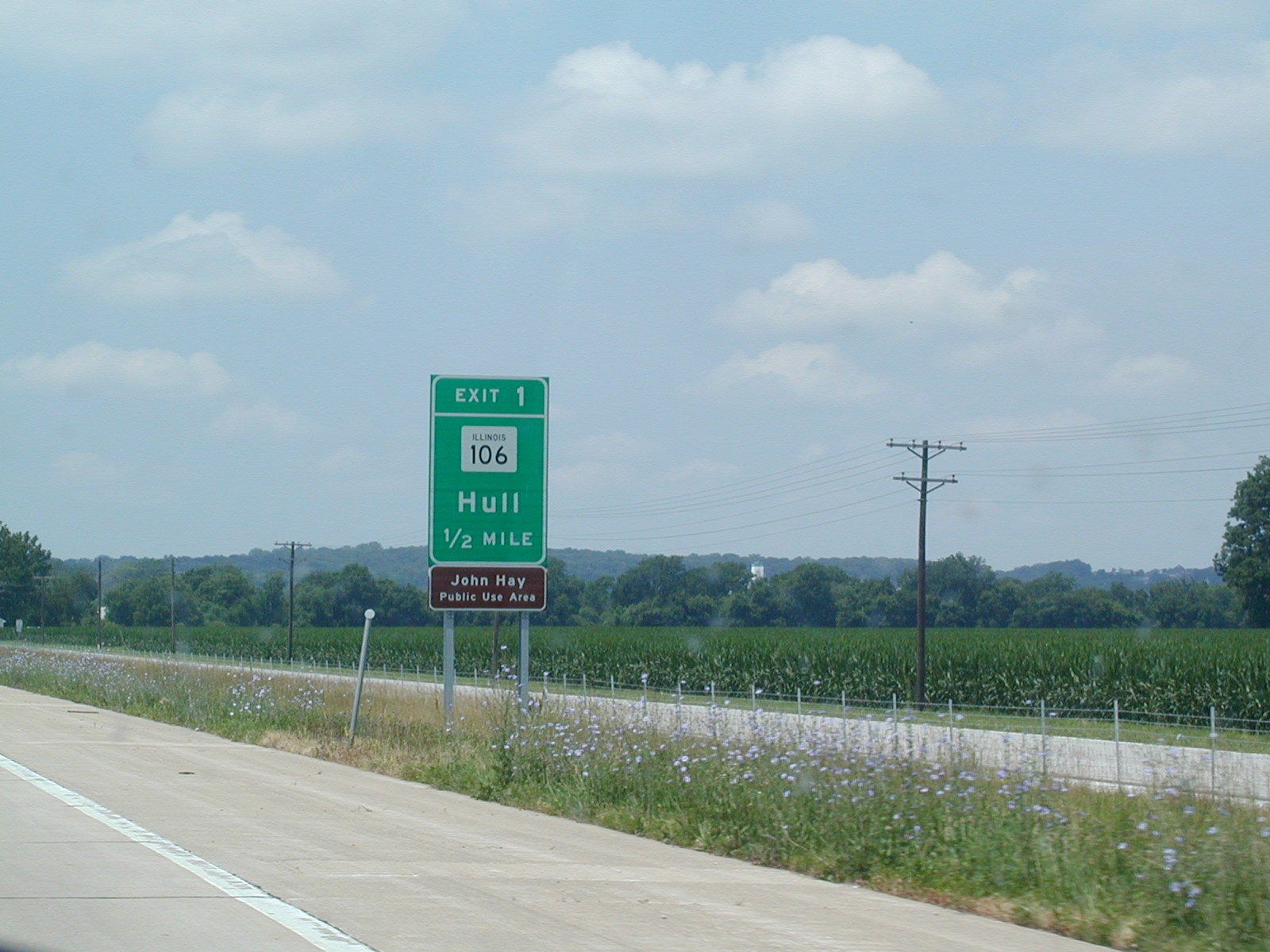If you allow that the name of our city is Hull, rather than Kingston upon Hull, it seems there are four other places with the name and all in North America.
The next largest Hull after the UK is in Quebec with a population of 66244 in 2001. It was formed in 1800 at the portage point round the Chaudiere Falls. It is opposite Ottawa City between the Gatineau and Ottawa Rivers. A Philemon Wright brought his family of five and five other families and some workers to set up and agriculture place in 1800. With the abundance of timber they went into the lumber business instead. The rivers were used to float the logs down in rafts to Montreal.


The next largest Hull is in Massachusetts. It had a population of 10,293 in 2010 and is built on a string of sand bar islands on the south side of Boston Harbour. It is about 20 miles by road and 5 miles across the bay.



The next largest Hull after the UK is in Quebec with a population of 66244 in 2001. It was formed in 1800 at the portage point round the Chaudiere Falls. It is opposite Ottawa City between the Gatineau and Ottawa Rivers. A Philemon Wright brought his family of five and five other families and some workers to set up and agriculture place in 1800. With the abundance of timber they went into the lumber business instead. The rivers were used to float the logs down in rafts to Montreal.

View of Main Street about 1920.
In 1917 the state of Ottawa declared prohibition so to get a drink the population flooded over the river into Quebec and Hull. The city soon got a reputation and gambling and all the other things that come along with drink etc arrived. POW's from WWII were housed in the area. By 1985 Hull had the worst crime rate in Quebec. In 1990 a policy of zero tolerance was brought in and by 2000 the crime rate had dropped by 75%. The Canadian Museum of Civilisation was built in Hull in 1989 to start the ball rolling.

The Canadian Museum of Civilisation.
In 2002 five cities were amalgamated into one district and they were named after the one with the largest population that happened to be Gatineau. Hull is still a district with in the new administrative district and has the distinction of being the oldest non-native settlement in Quebec. 80% of the inhabitants speak French as their first language.
The next largest Hull is in Massachusetts. It had a population of 10,293 in 2010 and is built on a string of sand bar islands on the south side of Boston Harbour. It is about 20 miles by road and 5 miles across the bay.

The Plymouth Colony of Founding Fathers established a trading port here in 1621 and a town became established in 1622. It officially became a town in 1644 and was named after dear old Hull in Blighty. Early industry was fishing and trade and salvage of the numerous ship wrecks on islands. The native name for the sand spits was Nantasket.

Fort Revere and Allerton as seen from the forts water tower observation post.
Following the American Revolution this was one of the first places were refuges for ship wrecked mariners was set up. A lifeboat station was built in 1889 and they saved over 1000 people.
In the 1800's the town became a seaside retreat for Bostonians and the crowds brought pick pockets etc. To counter this Paragon Park was constructed where they could have fun in peace and there were amusements and fairground rides etc. It lasted into 1960's when it was sold off for building. The town is still aretreet for beach lovers and those wanting to live by the shore. There is a commuting ferry to Boston. President Calvin Coolidge had a summer home here as did ex Bosotn Mayor J.F. Fitzgerald who was the father of Rose Kennedy and father in law to Joseph Kennedy.
The next biggest spot in Hull in Illinois, Pike County to be exact. It had a massive population of 474 in 2000. From Google maps it seems to be a very rural place. 99% were white. About the best picture I can find that proves its existence in this one below.

There is another Hull but in Georgia, Madison County. In 2000 there were 160 but in 2010 a massive 198. There were only 70 households then too. It seems to be a hunting, shooting fishing kind of a place with forests and lakes all around. It is not too far from Athens which is the county seat.
I think it would be really good to invite all of these other Hull's to visit for the year of culture and make more ties around the world.
I like it.
ReplyDelete